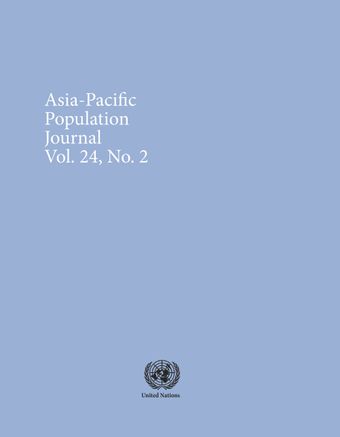-
HIV and AIDs stigma and discrimination in China: Results from a national survey
- Source: Asia-Pacific Population Journal, Volume 24, Issue 2, Apr 2009, p. 7 - 23
-
- 25 Apr 2009
- Previous Article
- Table of Contents
- Next Article
Abstract
Worldwide, stigma and discrimination have been identified as tremendous barriers to addressing the HIV/AIDS epidemic, beginning with Jonathan Mann in the 1980s (Mann, 1987), and by others (UNAIDS, 2001, 2008; Reidpath, Brijnath and Chan, 2005; APN+, 2004). Stigma was defined by Goffman (1963) nearly half a century ago as a discrediting attribute about an individual or group that serves to devalue that person or group in the eyes of the society. More recent theoretical frameworks suggest that stigmatization and discrimination are manifest in a number of contexts, including within families, communities, schools, employment, travel/ migration opportunities, health-care settings and HIV/AIDS programmes (Parker and Aggleton, 2002), and in religion and the media (Malcolm and others, 1998). A study in four countries in Asia found pervasive discrimination, with 80 per cent of respondents having experienced AIDS-related discrimination, including nearly one in five facing discrimination within their families and in their workplaces (APN+, 2004). In a review of interventions to reduce HIV/AIDS stigma, Brown, MacIntyre and Trujillo (2003) noted that stigma affects prevention behaviours, test-seeking, care-seeking, quality of care provided to positive clients, and perceptions and treatment of people living with HIV and AIDS by communities and families. Parker and others (2002) contend that HIV/AIDS-related stigma is often layered upon other stigma, for example, the one associated with engaging in illegal behaviour, such as sex work and drug use. Furthermore, families with HIV-positive members often face stigma from the community. In order to combat stigma and the associated discrimination, it is important to understand the knowledge, beliefs and attitudes and how they vary across groups within a country. Such knowledge is critical for designing interventions to reduce stigma and discrimination.





